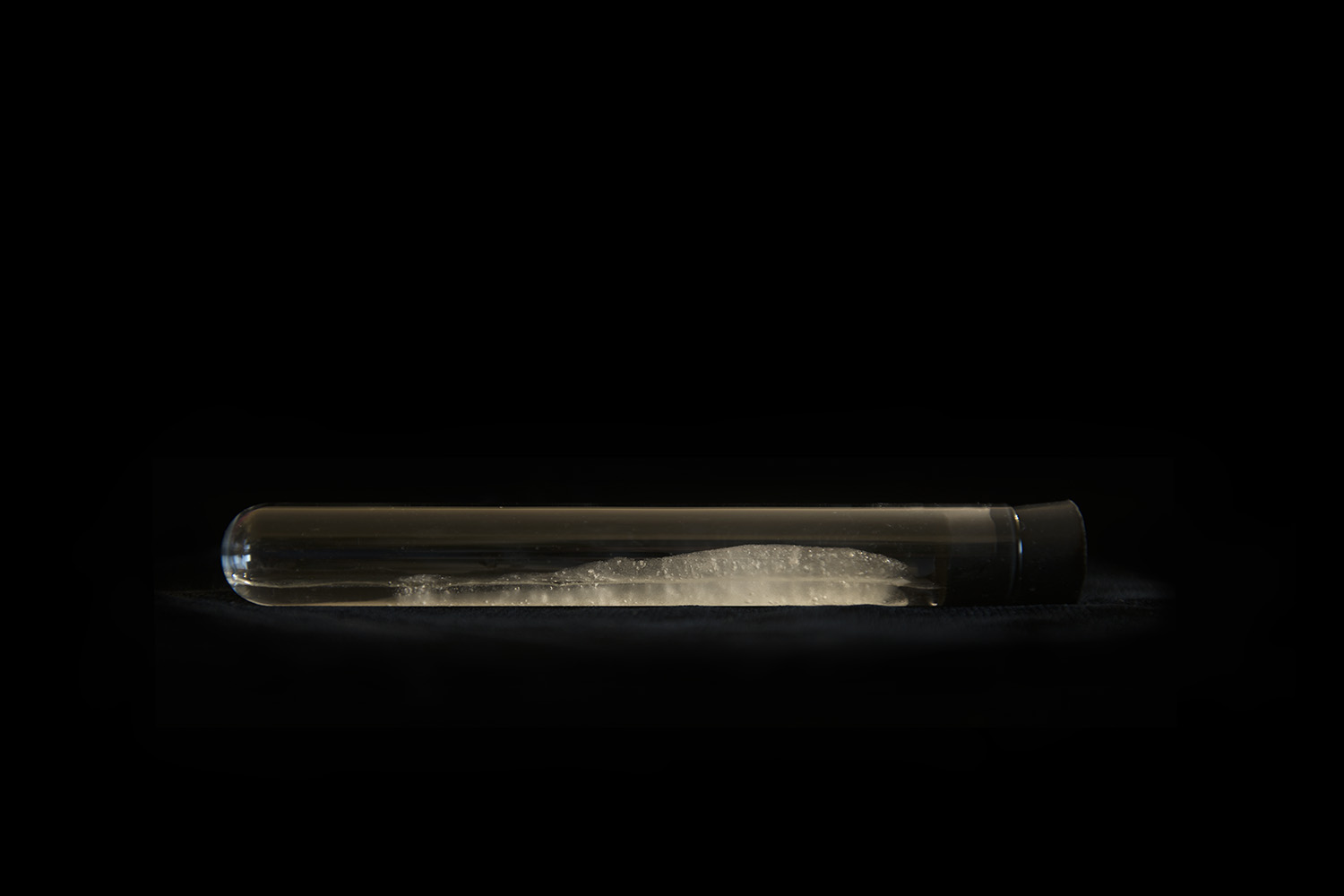watching, Dull EdgeS
(the northern hemisphere of a 23°27′ tilt)
NOTES FROM Every.Now.Then panel talk at the Art Gallery of OntariO
The seasons were once a manifestation of planetary stability. So regular as to be banal. But the certainties that we have been accustomed to for millennia are coming to an end before our eyes. Winter in Canada as long months of accumulating snow fall will shortly be no more, if it isn’t already gone.
A telescoping sense of time, ushered in by an awareness that we are within a new geological epoch, most commonly now called the Anthropocene, means we no longer have the luxury of thinking only at human scales. The consequences of the ecological trauma being enacted presently will impact people (if there even are any) tens of thousands of years from now. We are positioned at the precipice of great change. The planet, by which I mean the sum of non-human forces at work here, is pushing back telling us this carbon fueled civilization cannot, will not go on. We have come up against material resistances that forever change our relationship to the world. Human non-livability is a very real possibility, which is not to make light of the millions of species this civilization will take with us. This whether we like it or not is an end. And we, of 2017, are condemned to live with this awareness.
Climate change, which I use as a shorthand for the violence enacted against the species of this planet, other non-human entities, and human beings, is often associated with dramatic weather events and the disruption of old seasons. This struck me as a good site of investigation. Weather is both urgent and mundane. It is something we experience in common. Intrusions as weather are intrusions into the shared material plane on which life carries out.
The seasons were once a manifestation of planetary stability. So regular as to be banal. The planet moves around the sun on an elliptical orbit, with a tilted axis that creates the seasons. Though when thinking at the scale of geological time neither that tilt nor orbit is constant. Human caused climate change has additionally introduced forces that are shifting that axis at a rate of about 16 cm per year according to NASA. And yet foreseeable future will continue to have something like seasons because of that tilt. But as anyone who has experienced winters a few decades ago and then now, can attest, winter is changing. The planetary constants to which we have become accustomed to in the preceding geologic era of the Holocene are coming to an end before our eyes. Winter in Canada as long months of accumulating snow fall will shortly be no more, if it isn’t already gone. But of course this kind of loss is slow: climate change sometimes announces itself in thick dull edges. How do we stop to not just notice but really register these losses accumulating?

Lisa Hirmer, Watching, Dull Edges (the northern hemisphere of a 23°27′ tilt) (2017)
This work is about paying attention to this change, though it arrives slowly. It is about staying still to attune oneself to loss that accumulates. It is also about how to live with an awareness of a loss whose material and temporal dimensions are so vast they measure at the scales of the planetary and of deep time. How do we enact practices that connect our daily lives to this reality?
In canonical Canadian landscapes, the atmosphere is an empty space of transcendence for ponderous white men. Through the strange landscapes of these photographs, I want to reclaim and release the products of the atmosphere from this role and reveal them as complicated, active entities, entangled with human presence. The atmosphere is now, and for millions of years will be, a site that registers the consequence of human action in its material presence, or lack there of.
The philosopher Isabelle Stengers writes “If there is an art, and not just a capacity [to paying attention], this is because it is a matter of learning and cultivating, that is to say, making ourselves pay attention. Making in the sense that attention here is not related to that which is defined as a priori worthy of attention, but as something that creates an obligation to imagine, to check, to envisage, consequences that bring into play connections between what we are in the habit of keeping separate. In short, making ourselves pay attention in the sense that attention requires knowing how to resist the temptation to separate what must be taken into account and what may be neglected.”
This is why I’m not interested in grand gestures like shipping icebergs across the planet, but rather intrusions into the fabric of lived life, that let us register what is being lost. A staying still to notice the melting in front of us…
Said somewhat differently: Snow does not lie and it knows what we have done.
